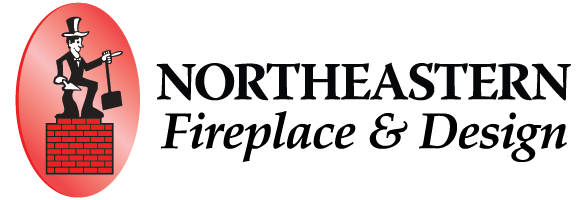Autumn is here and it’s becoming cold outside. This means that homeowners will soon be turning up their thermostats and engaging their heating systems to keep their families and homes warm. Home heating systems are essential for people living in colder climates. However, there are risks associated with running your heating system. One of the leading risks associated with heating systems is the potential for carbon monoxide poisoning.
Carbon monoxide poisoning occurs when fumes produced by burning fuel enters an enclosed space and builds up to toxic levels. These toxic fumes can cause a person to become ill and can even be fatal. The Chimney Safety Institute of America (CSIA) reports that there are approximately 10,000 injuries and 200 deaths related to carbon monoxide poisoning every year. Carbon Monoxide can be dangerous, but if you follow this safety checklist for carbon monoxide prevention and detection, you can greatly reduce your chances of having an incident.
How We Can Help
The best way to prevent a carbon monoxide incident is to have your heating systems inspected by a CSIA certified chimney sweep. At Northeastern Fireplace and Design, our chimney sweeps have been trained to identify potential problem areas in your heating system which may cause carbon monoxide leaking into your living areas.
What You Can Do
Besides scheduling your annual heating system inspection, there are some things that you can do to prevent carbon monoxide poisoning. One of the best things you can do is make sure your ventilation system if free of any debris. Go outside to the location where heating, chimney, and dryer ventilation exits your home, Clear away any snow or debris that may be plugging up your ventilation. Also, check to see if your furnace filter is clean at least once a month.
Some other things you can do to prevent carbon monoxide poisoning is:
- Keep the area around your furnace free from debris.
- Check to see if your furnace flame is burning correctly. The flame should be blue.
- Make sure there is enough air supply when using a chimney.
- Your car produces carbon monoxide, so never idle your car without opening the garage door.
Detect Carbon Monoxide
You should also install a carbon monoxide detector in your house. A carbon monoxide detector works much like a smoke alarm. When the detector detects carbon monoxide in your home an alarm will go off, warning you to leave the house. Be sure to check the expiration date on your detector and replace the batteries annually. If your detector goes off, get everyone out of your house immediately and call 911 or your local police or fire department.
If you have any concerns regarding home heating safety, don’t hesitate to call Northeastern Fireplace & Design at (518) 767-9314 or contact us online and let one of our CSIA-certified chimney technicians put your mind at ease.
